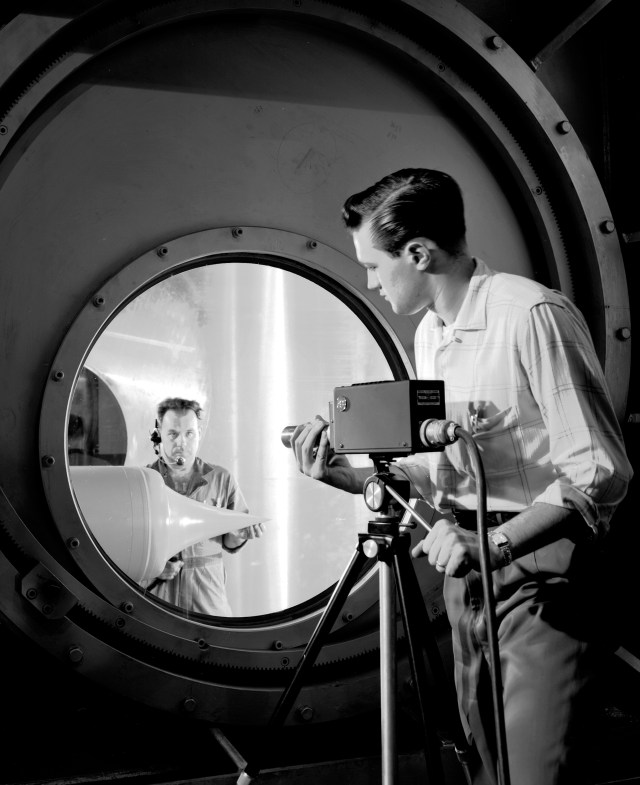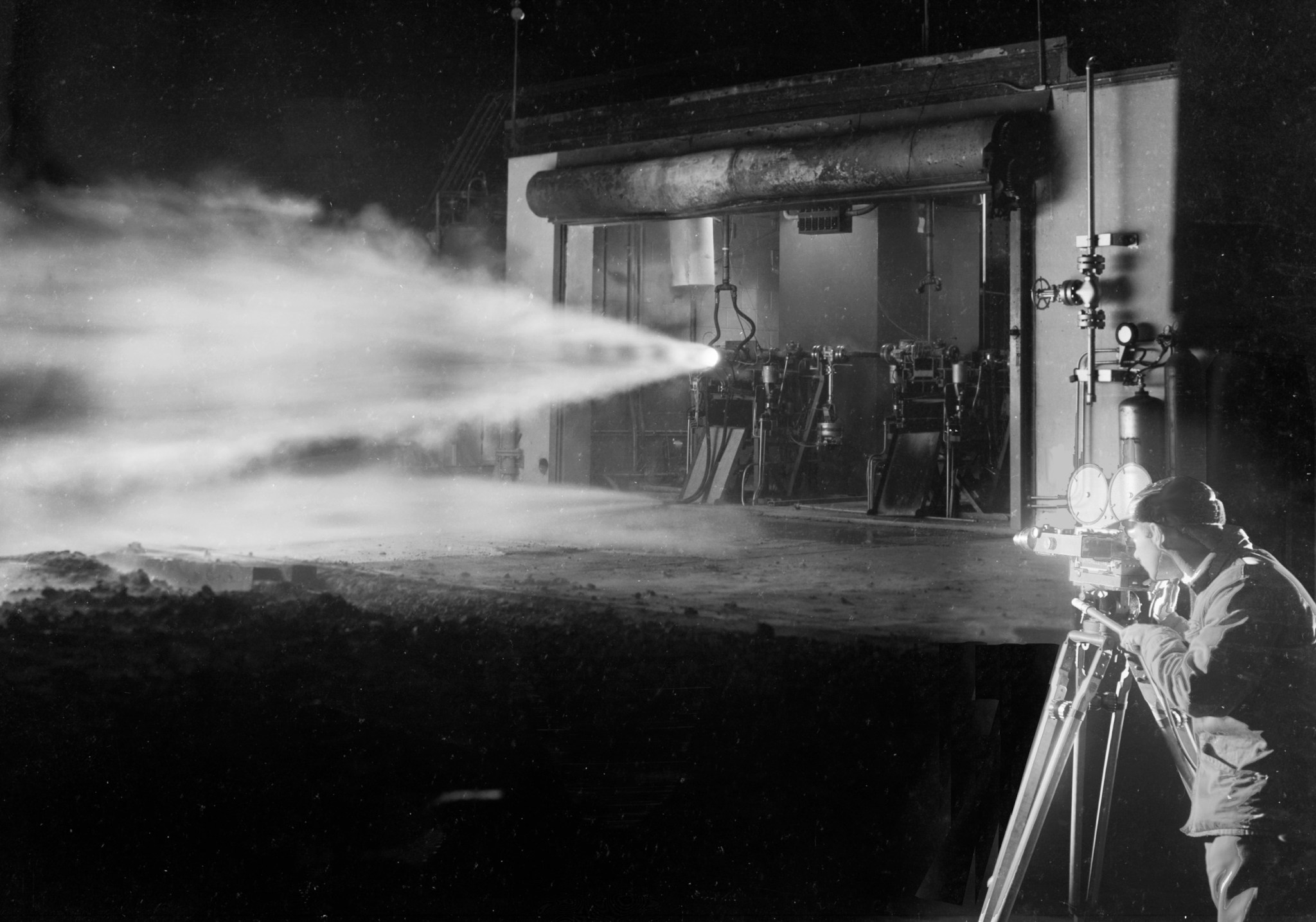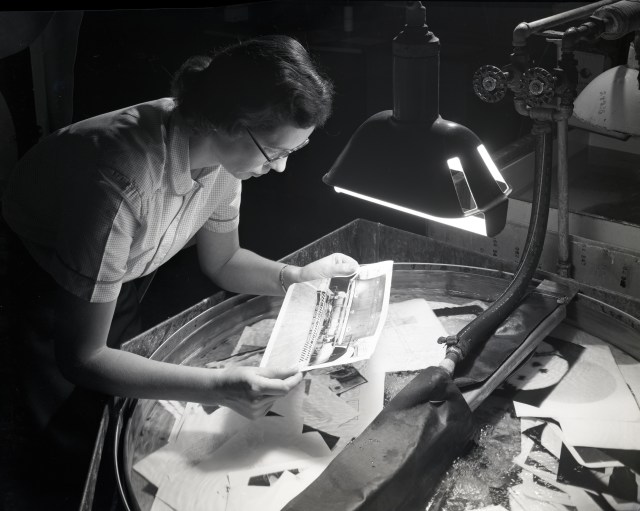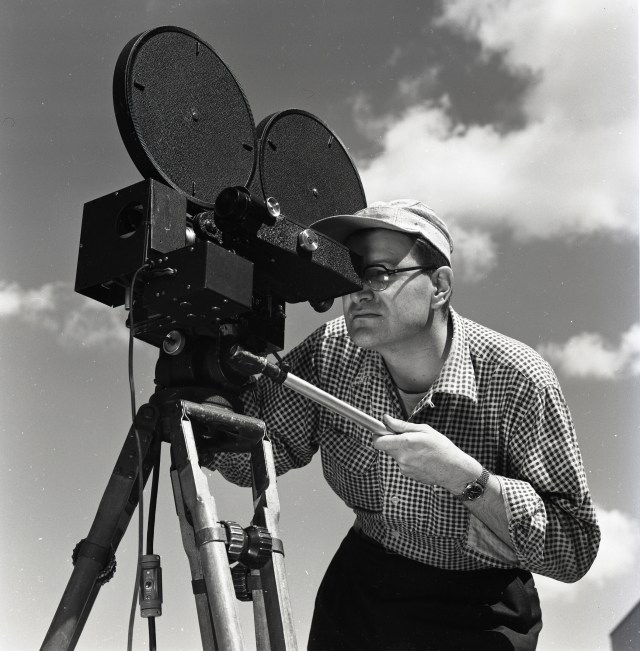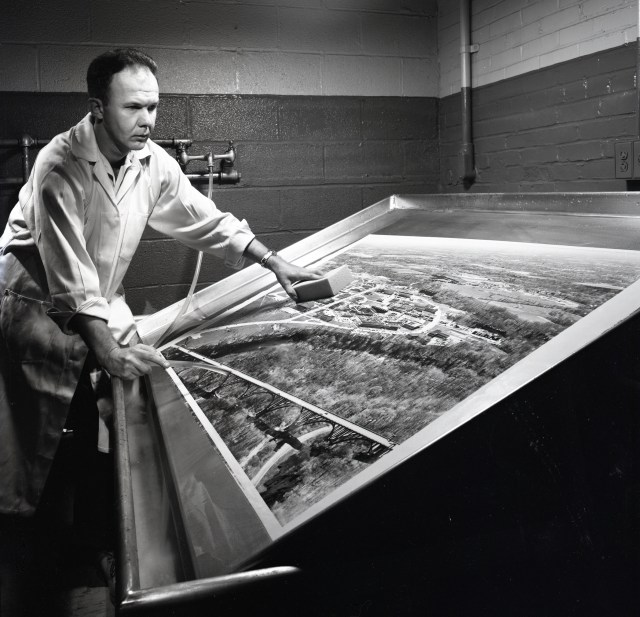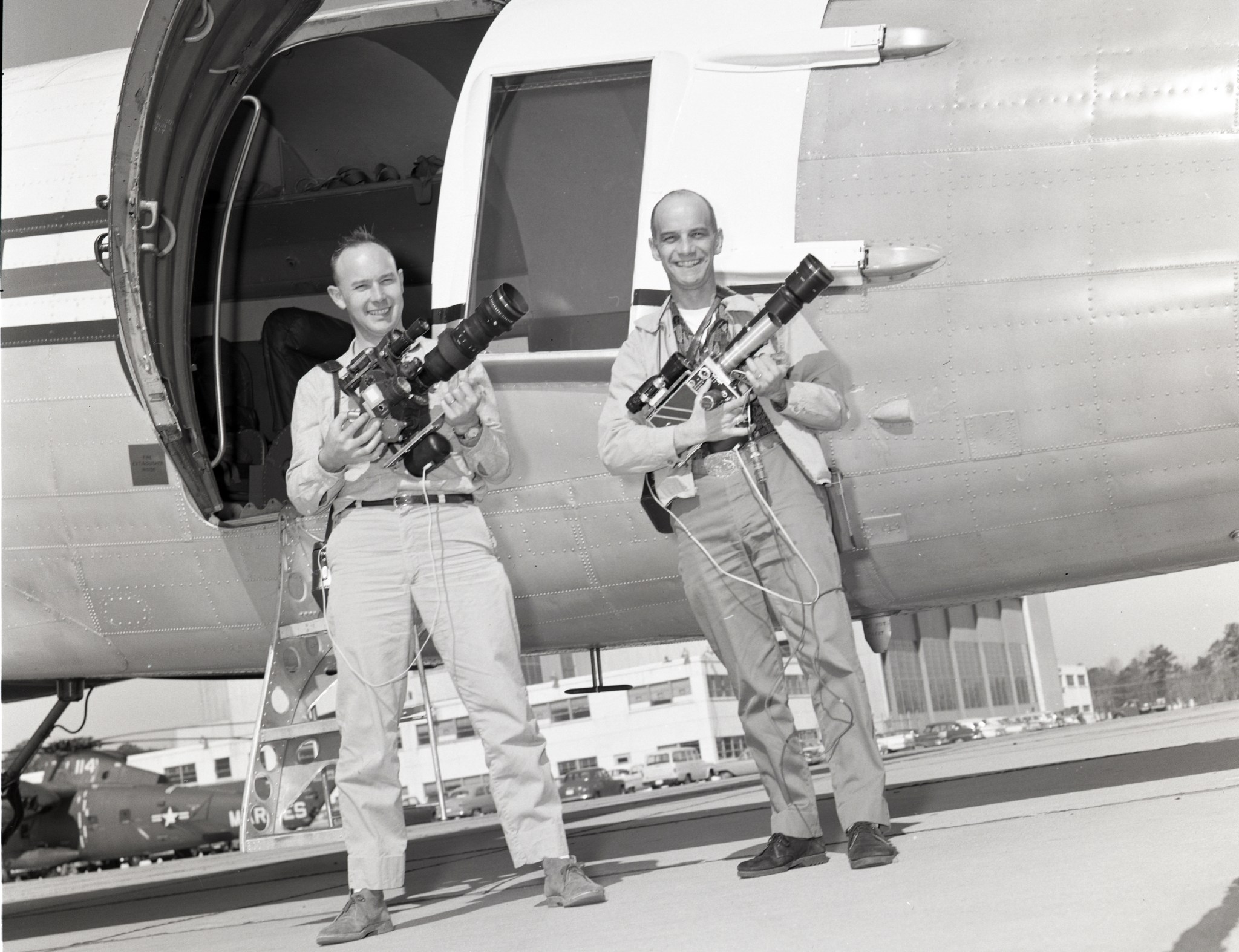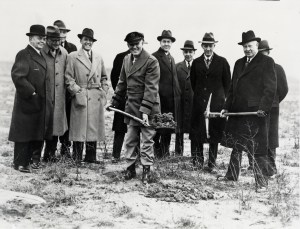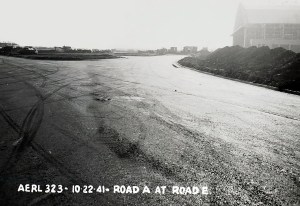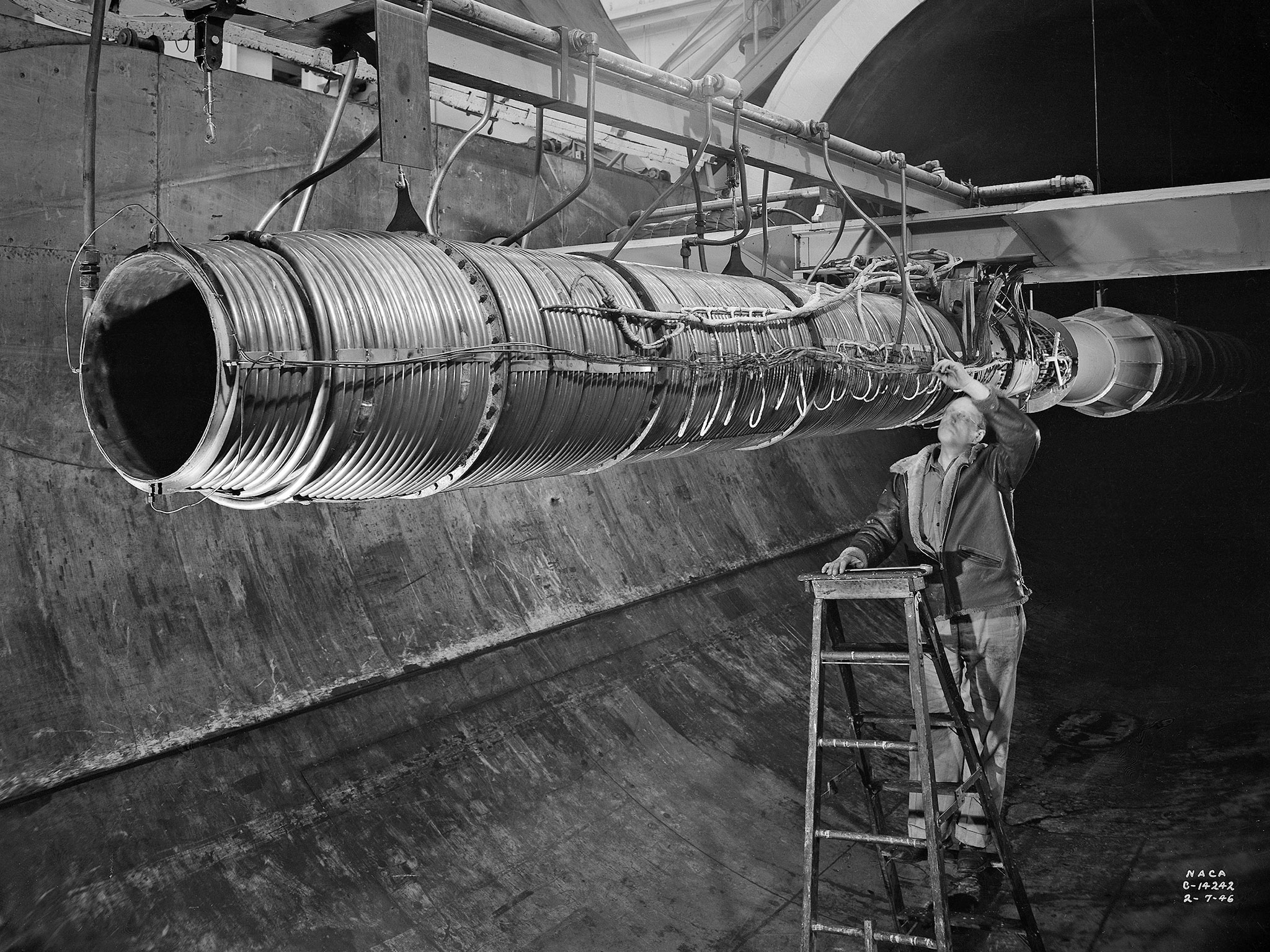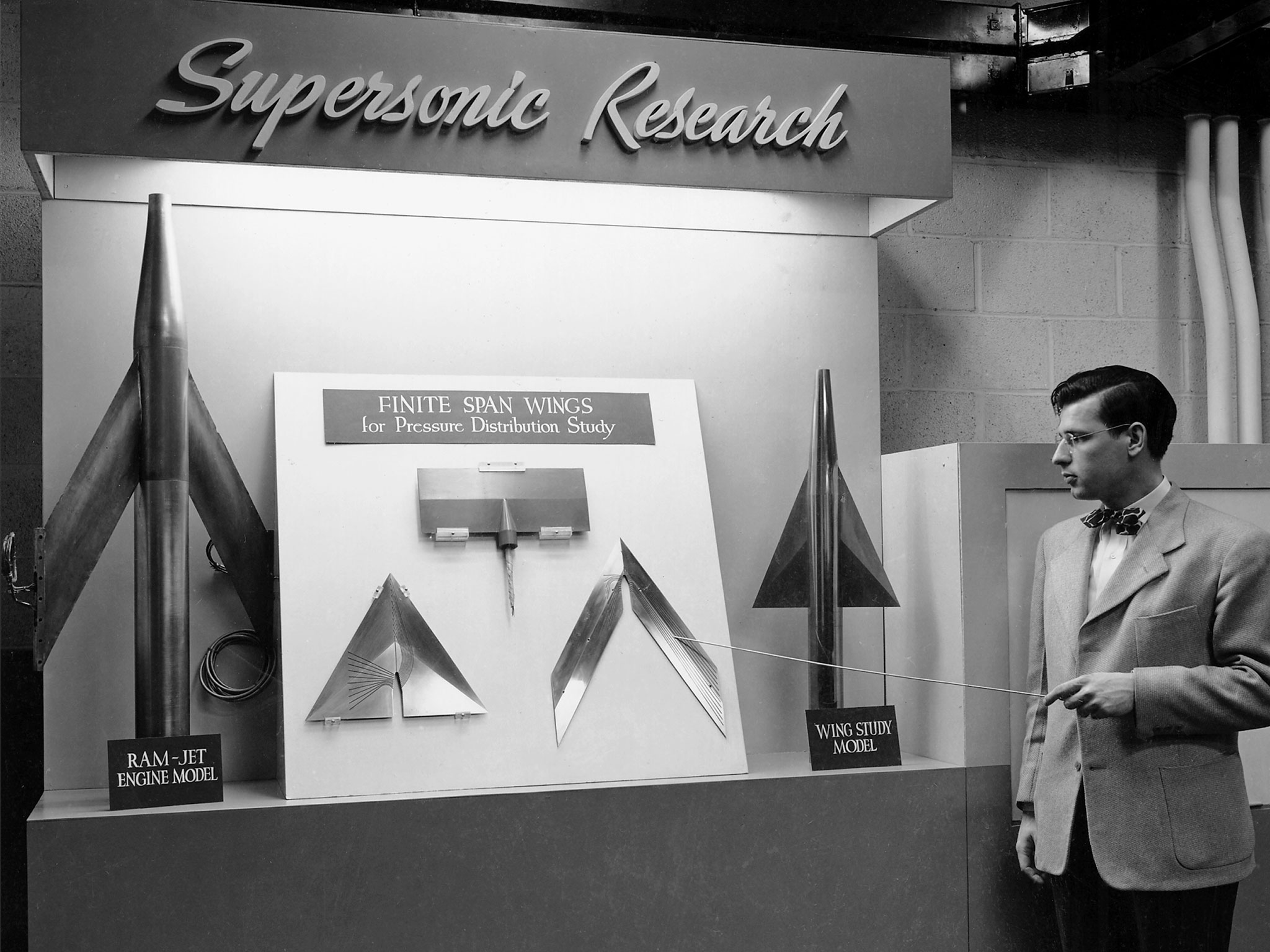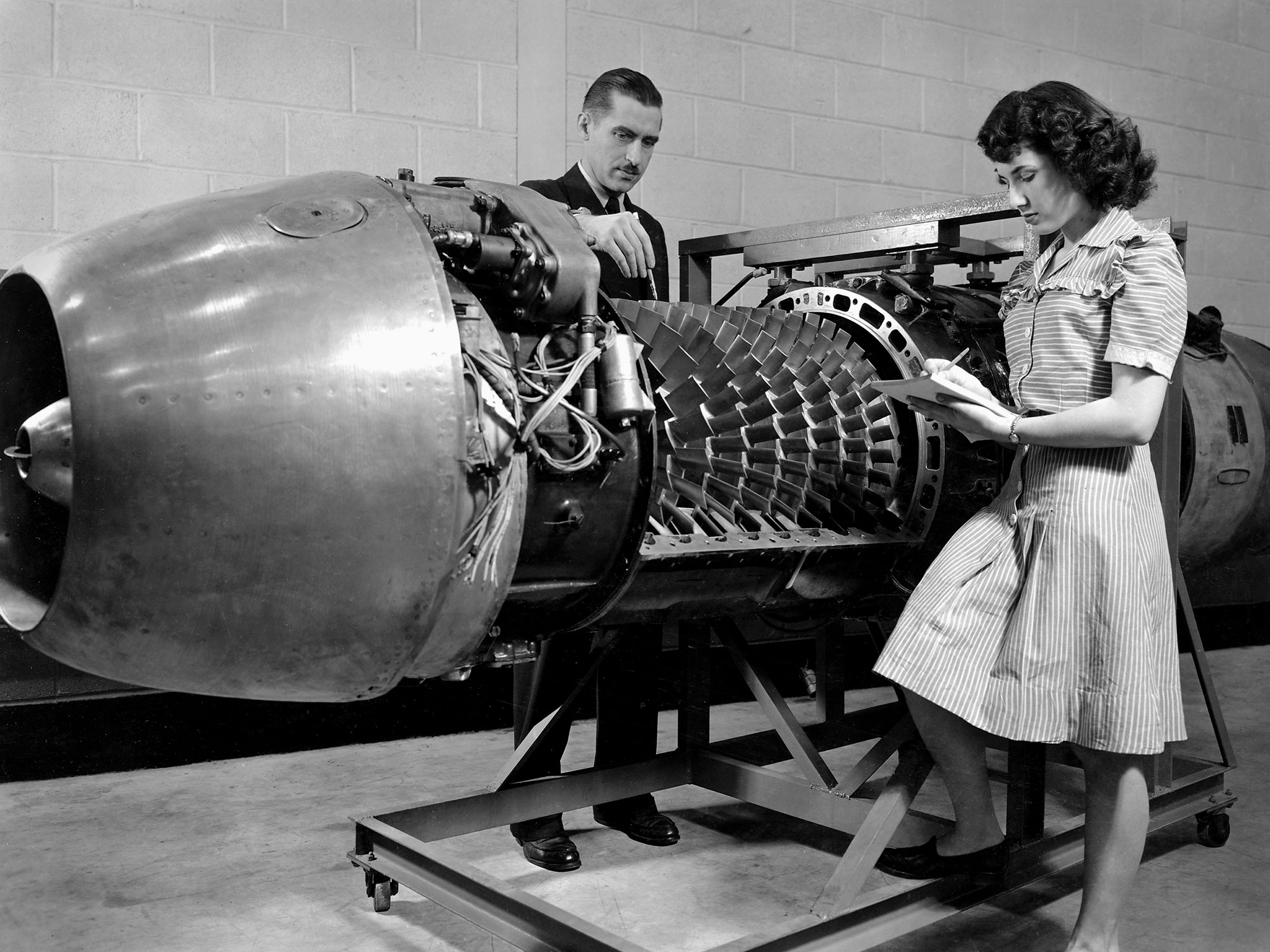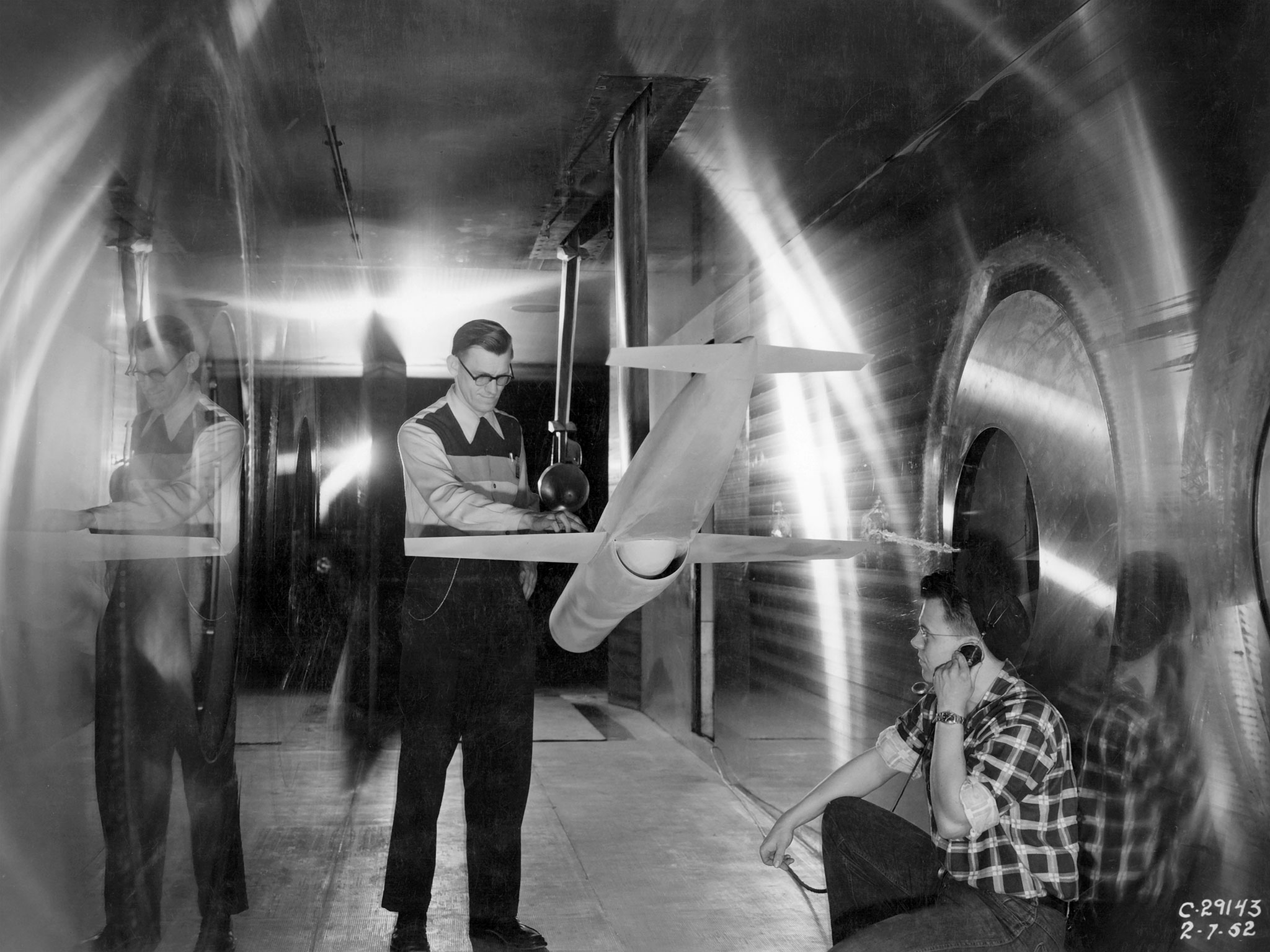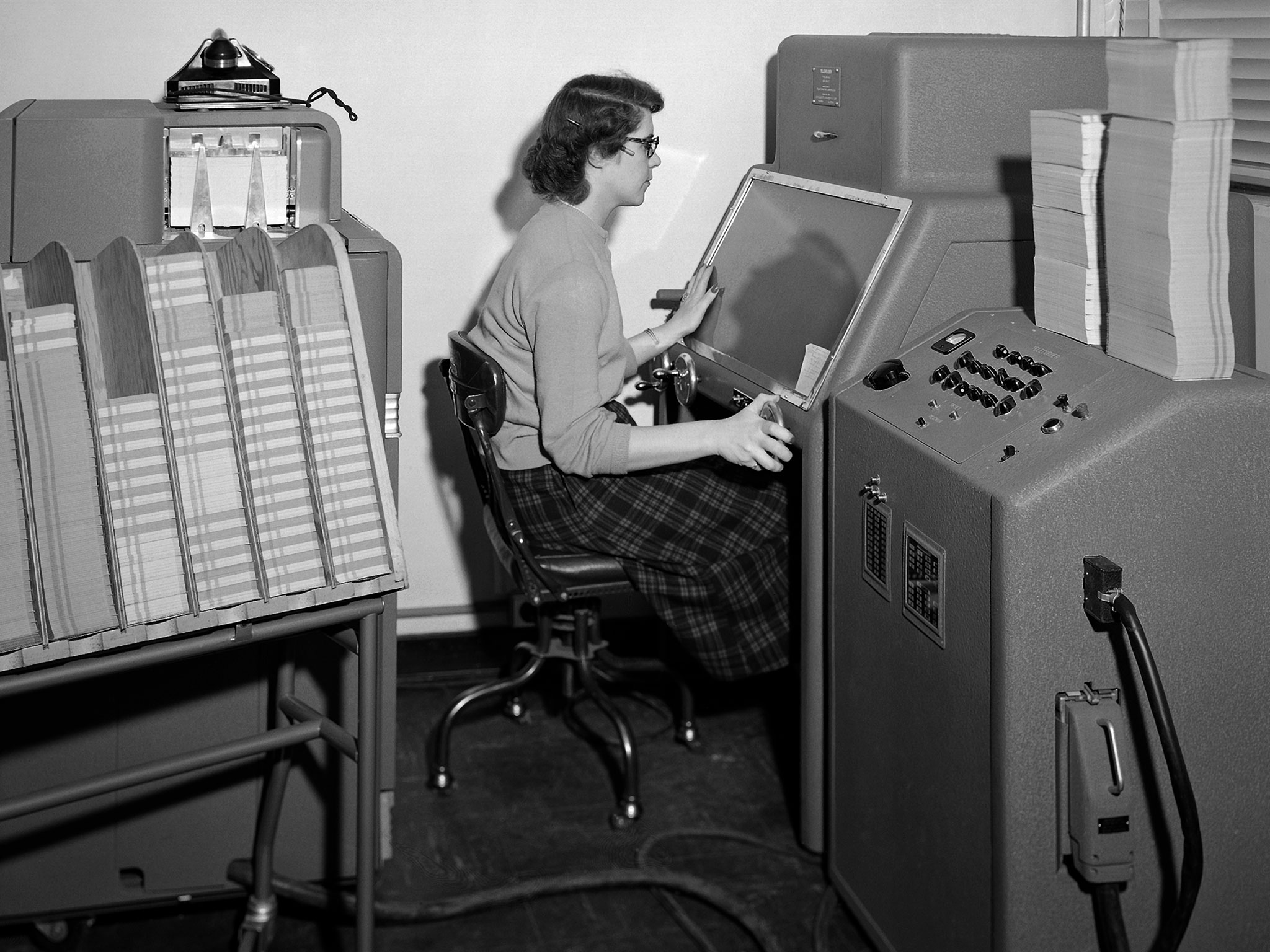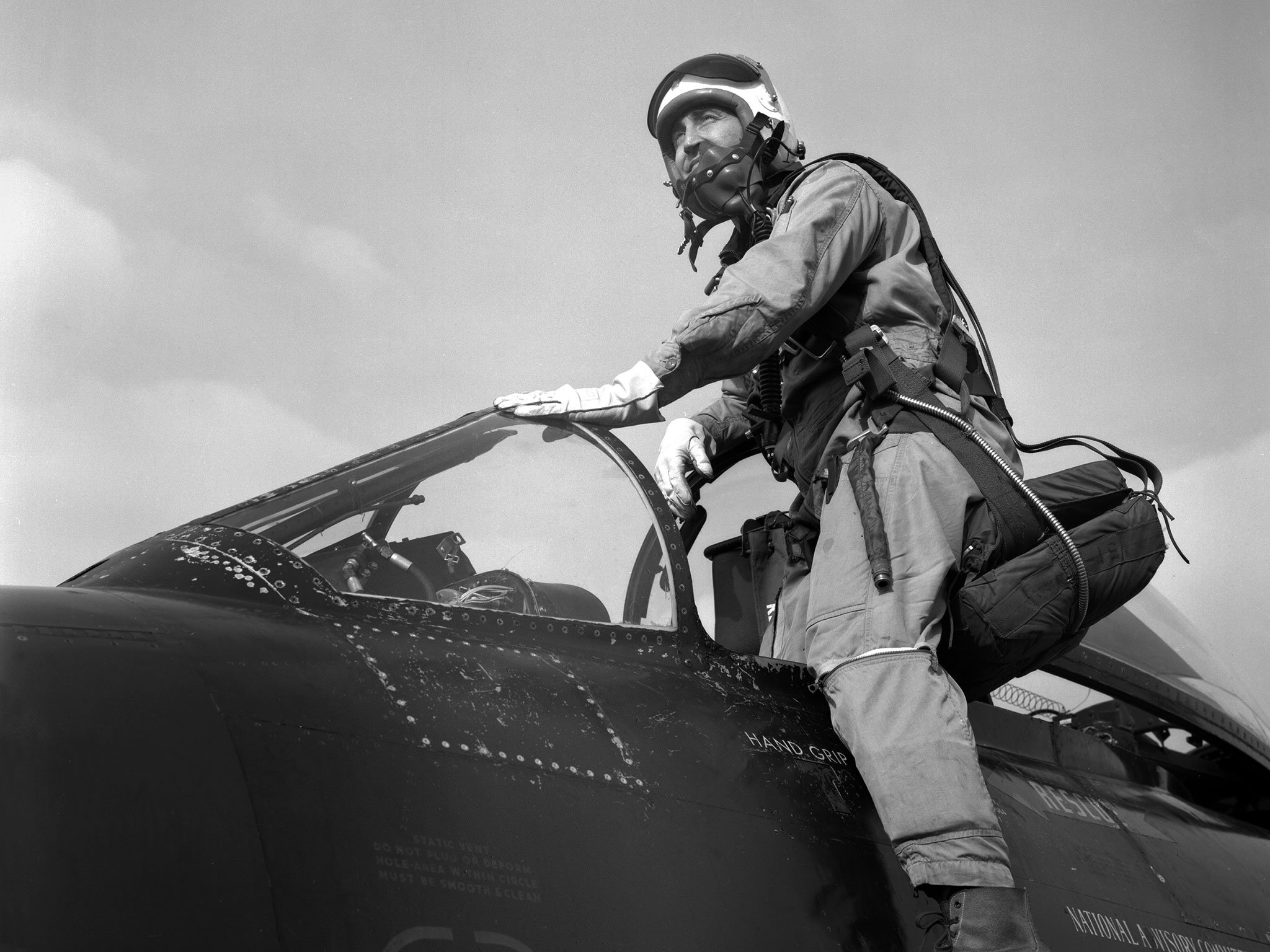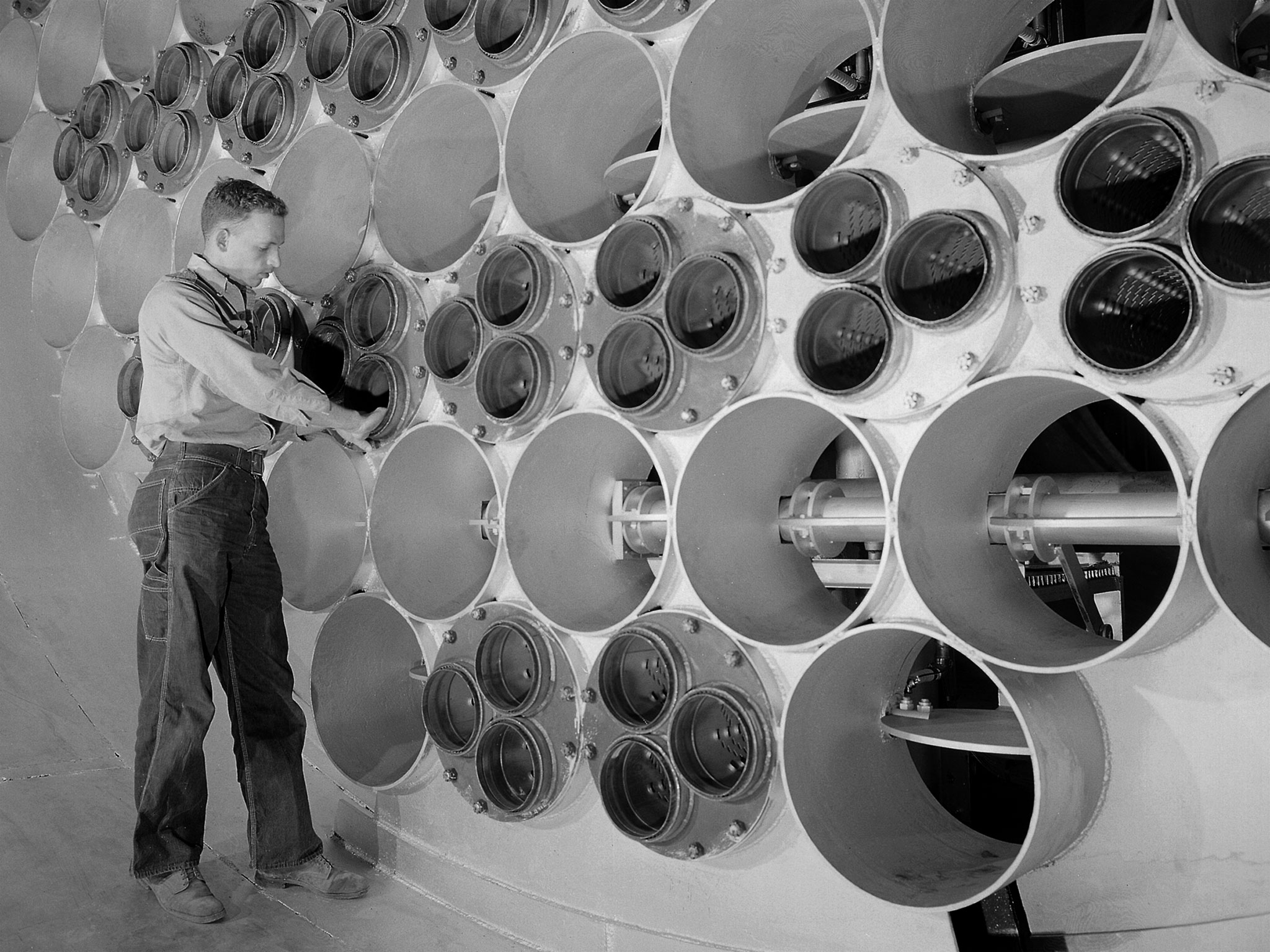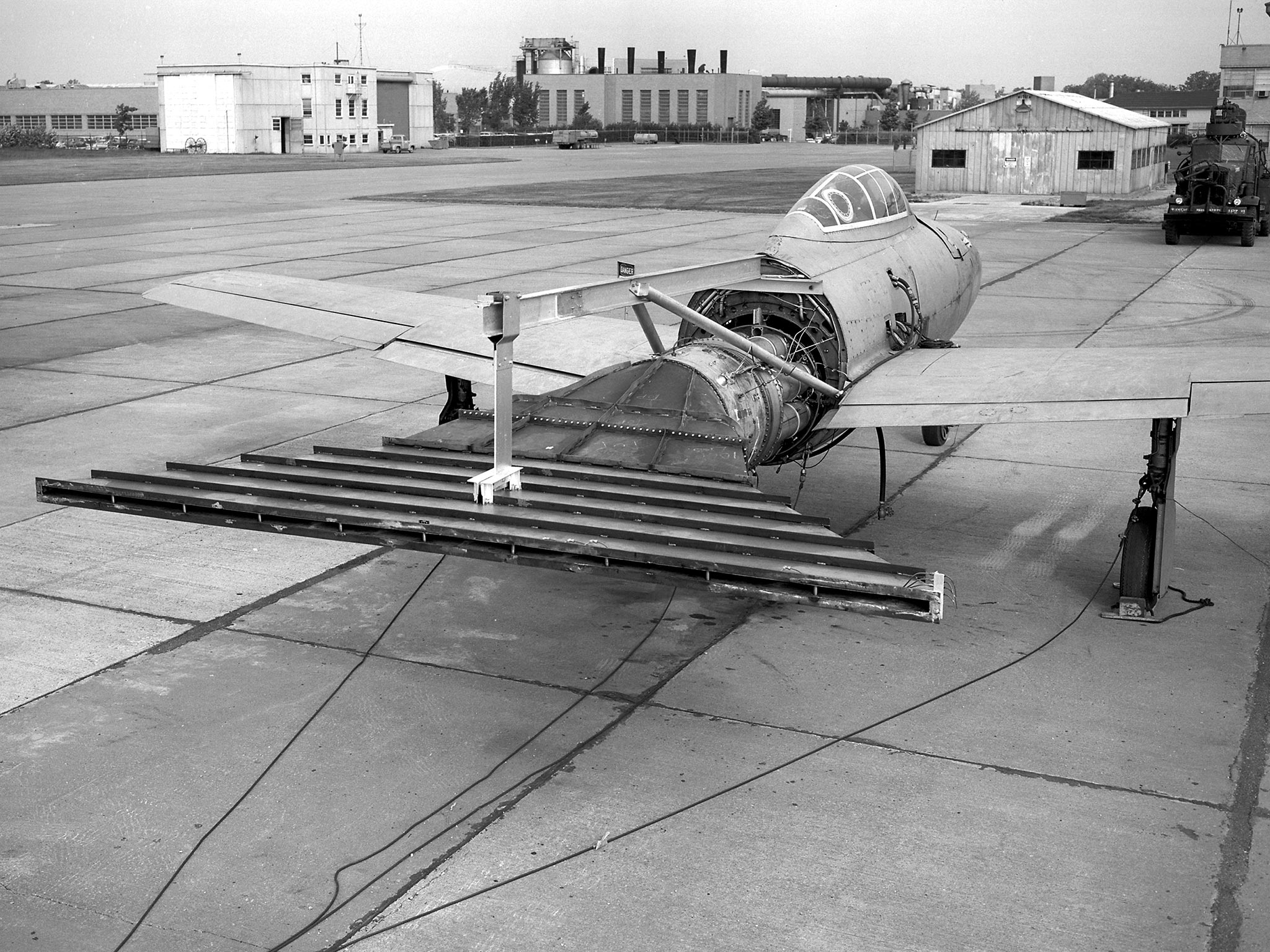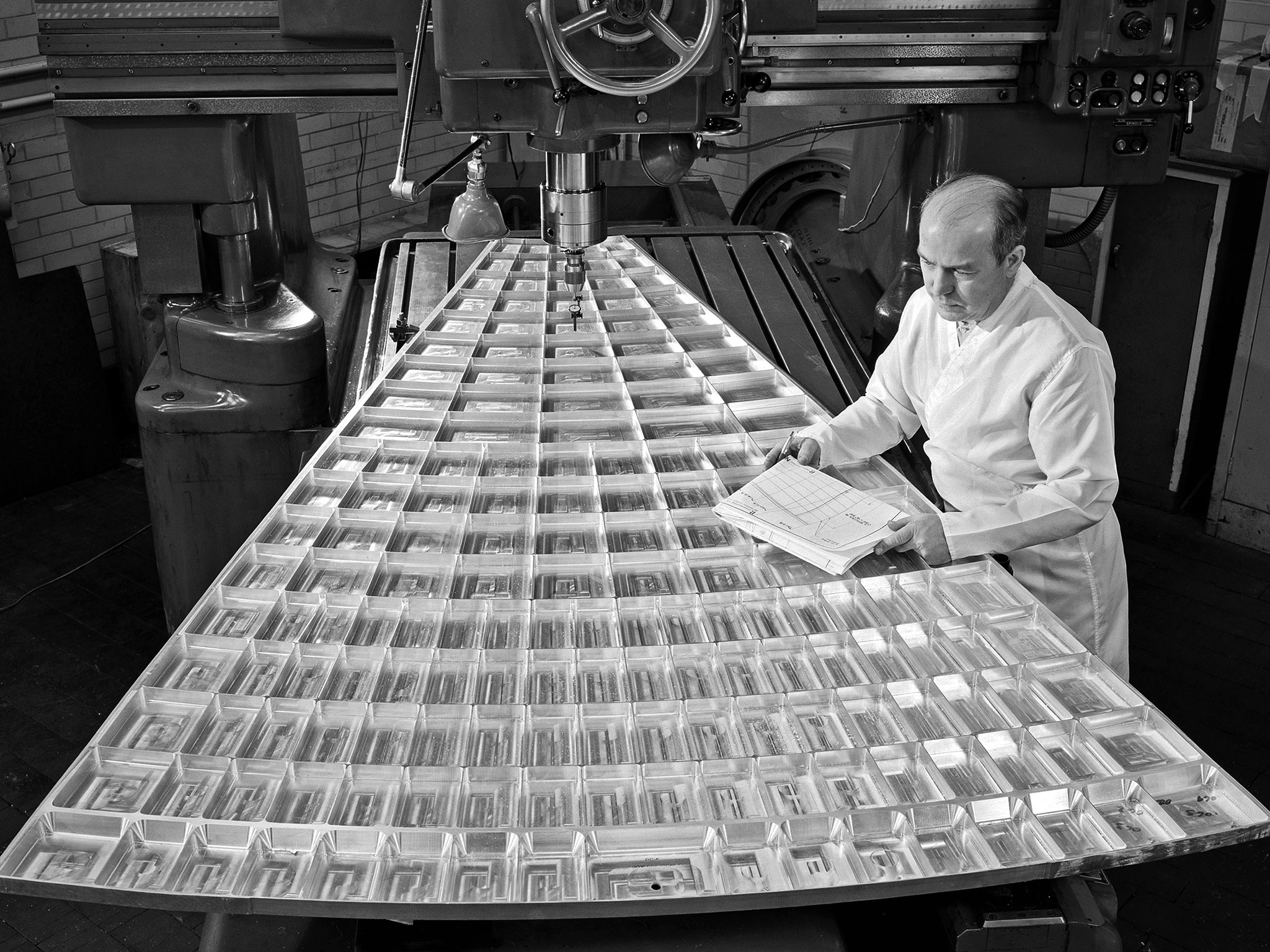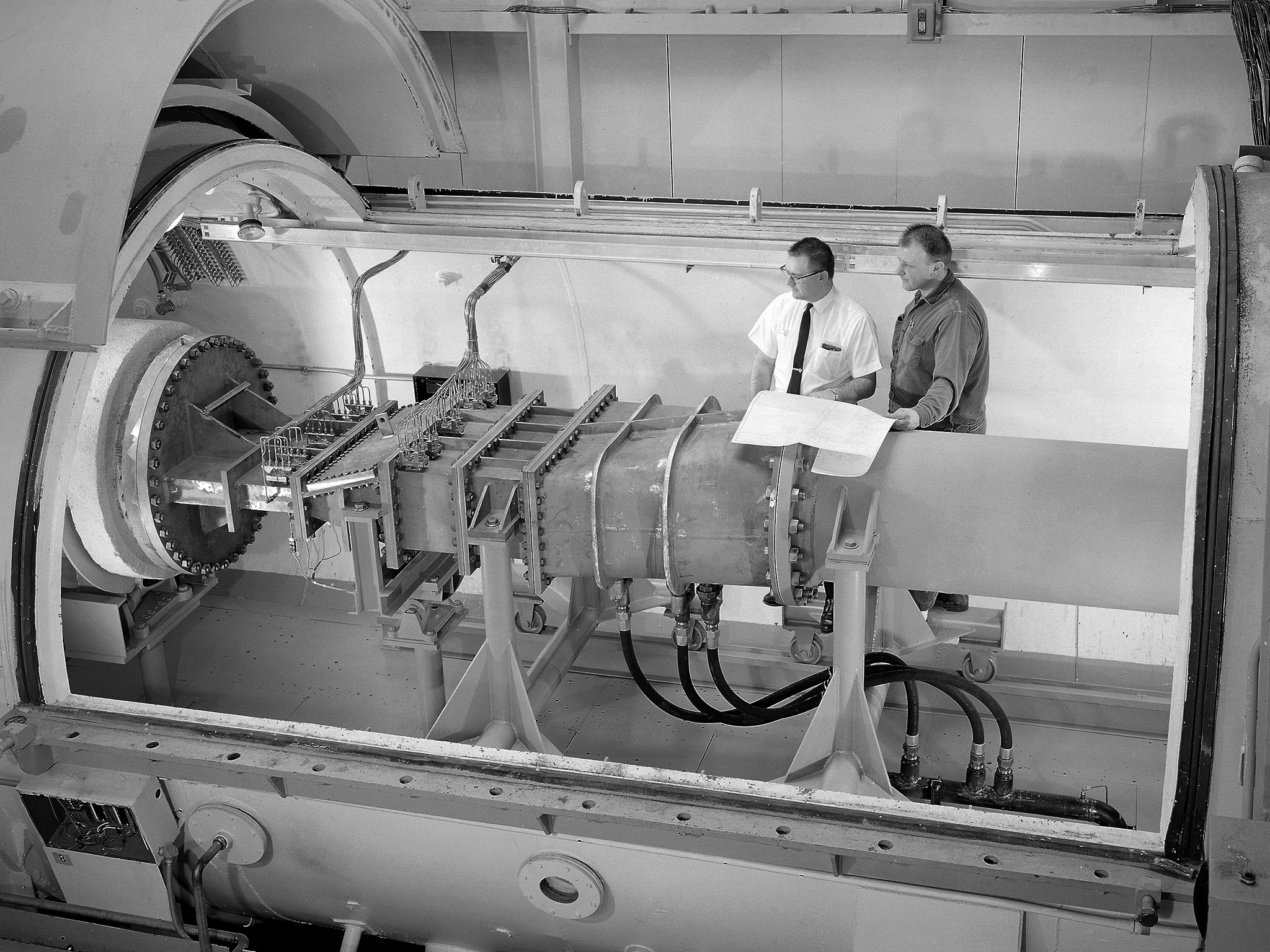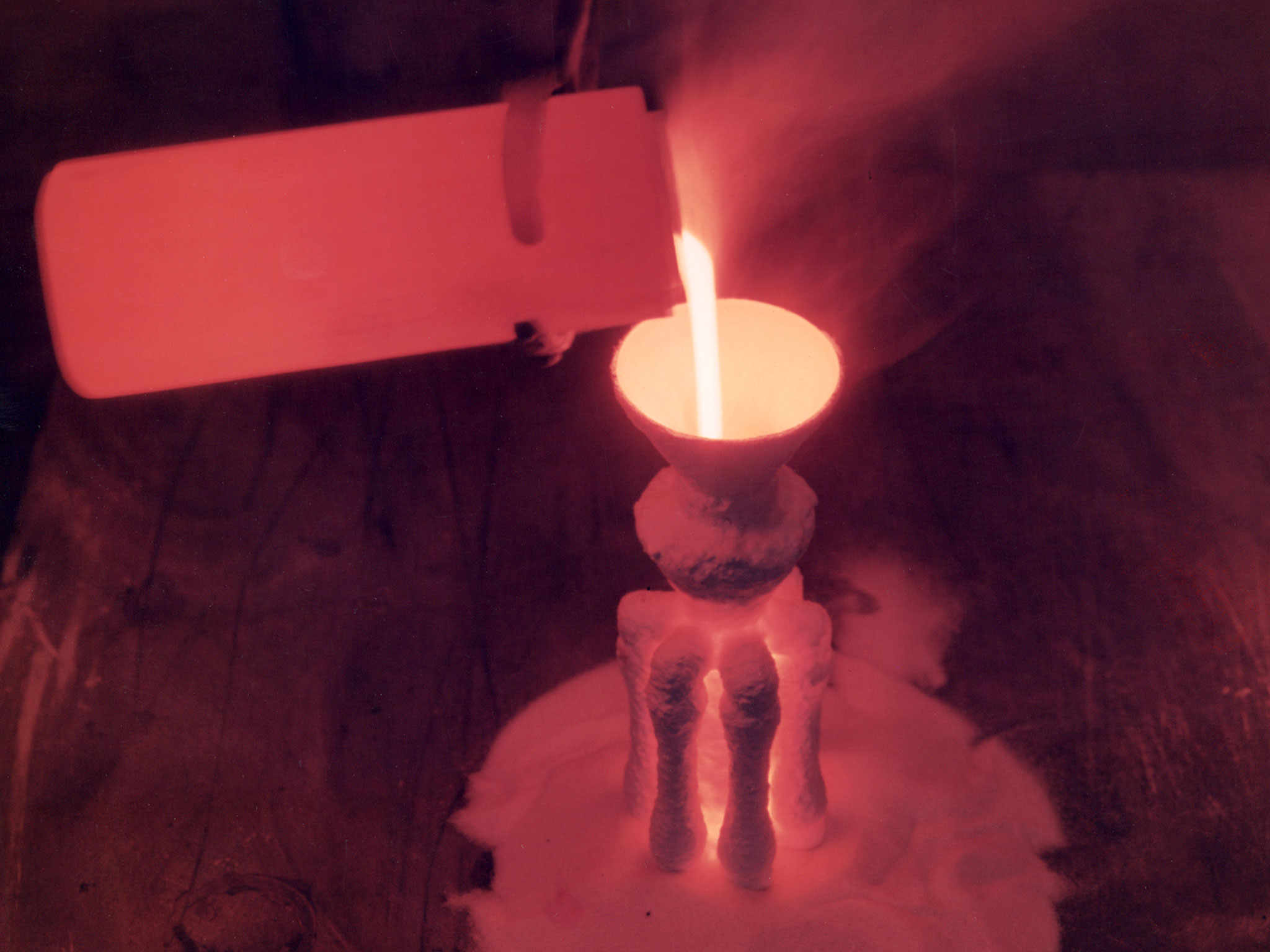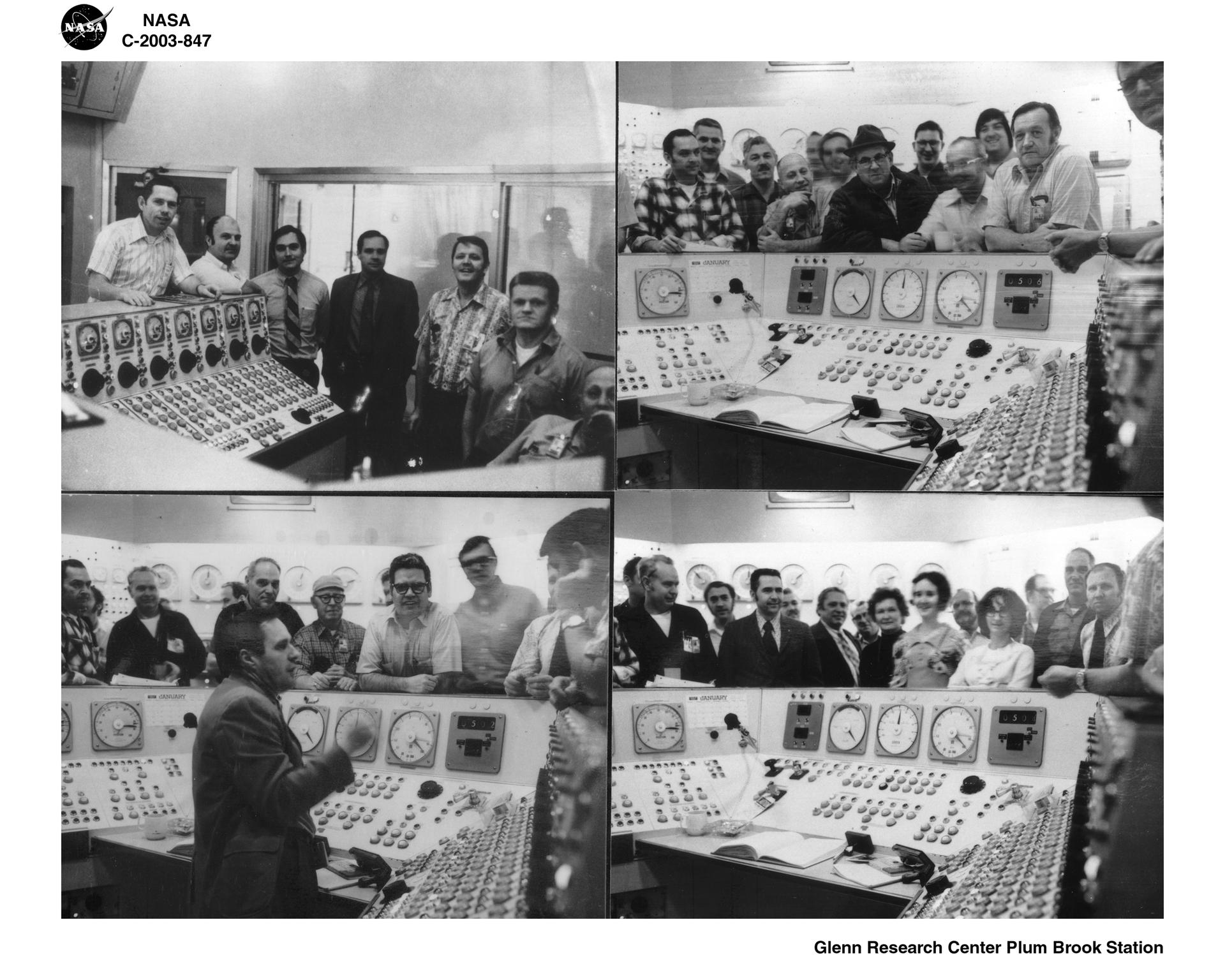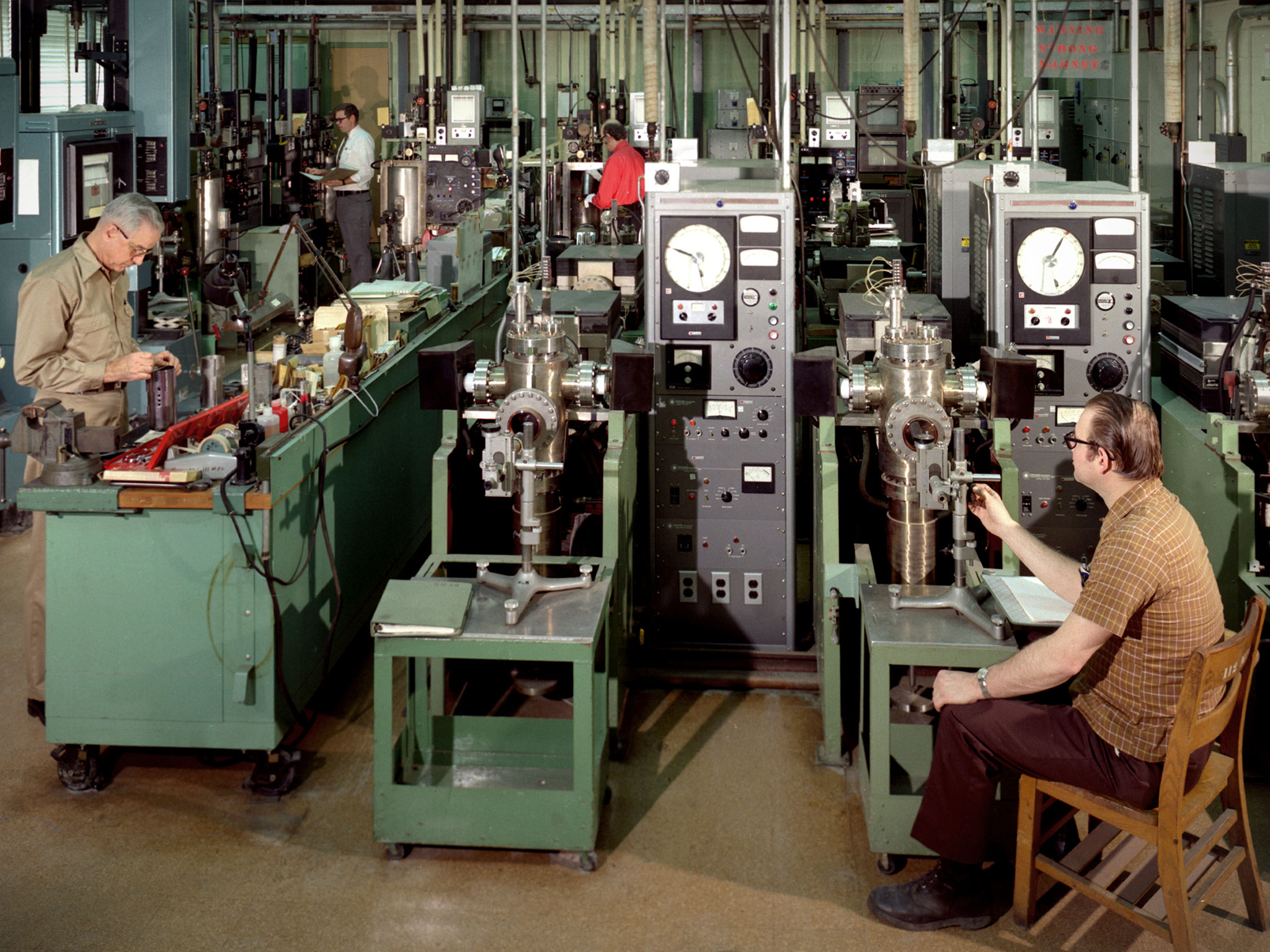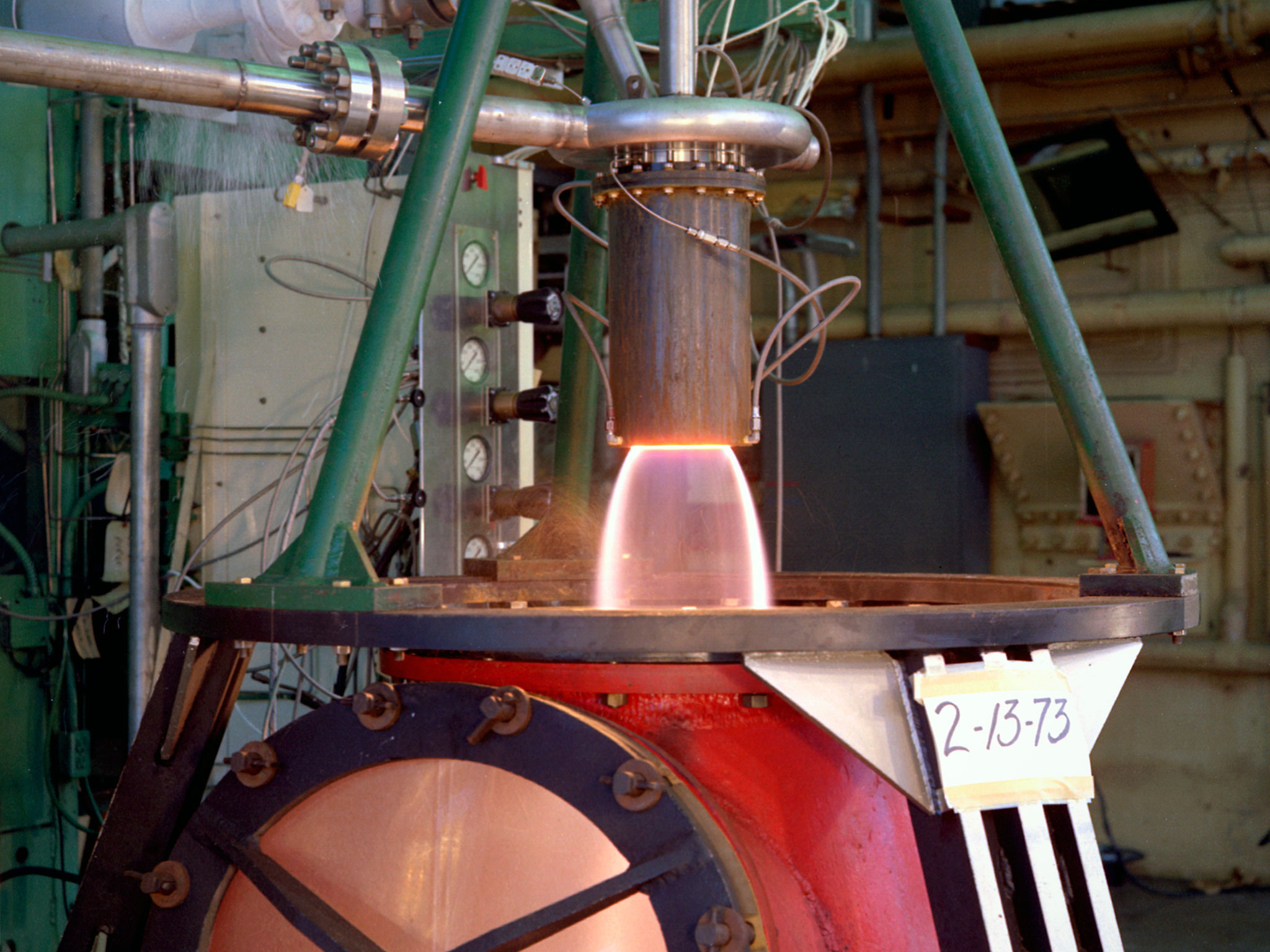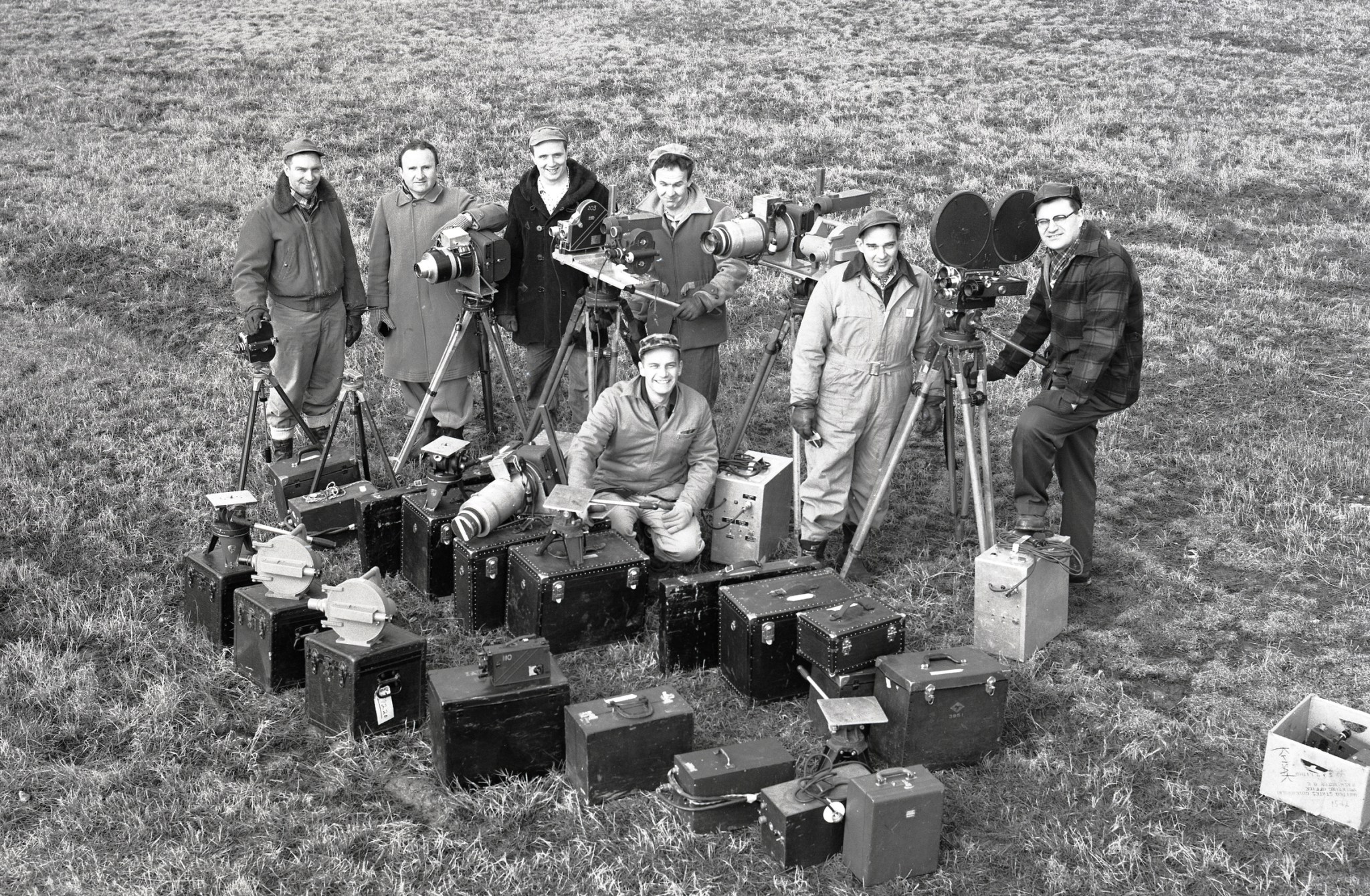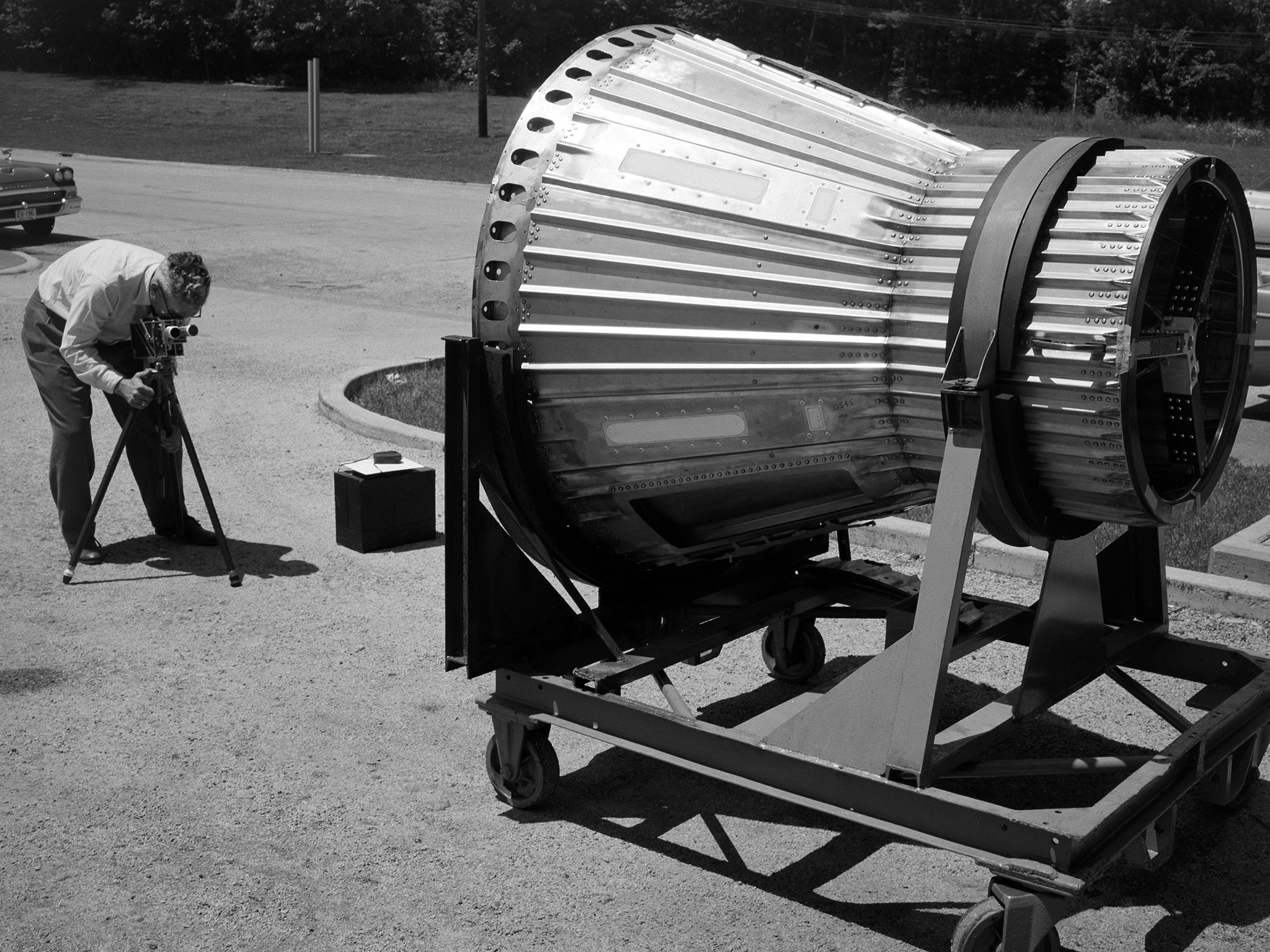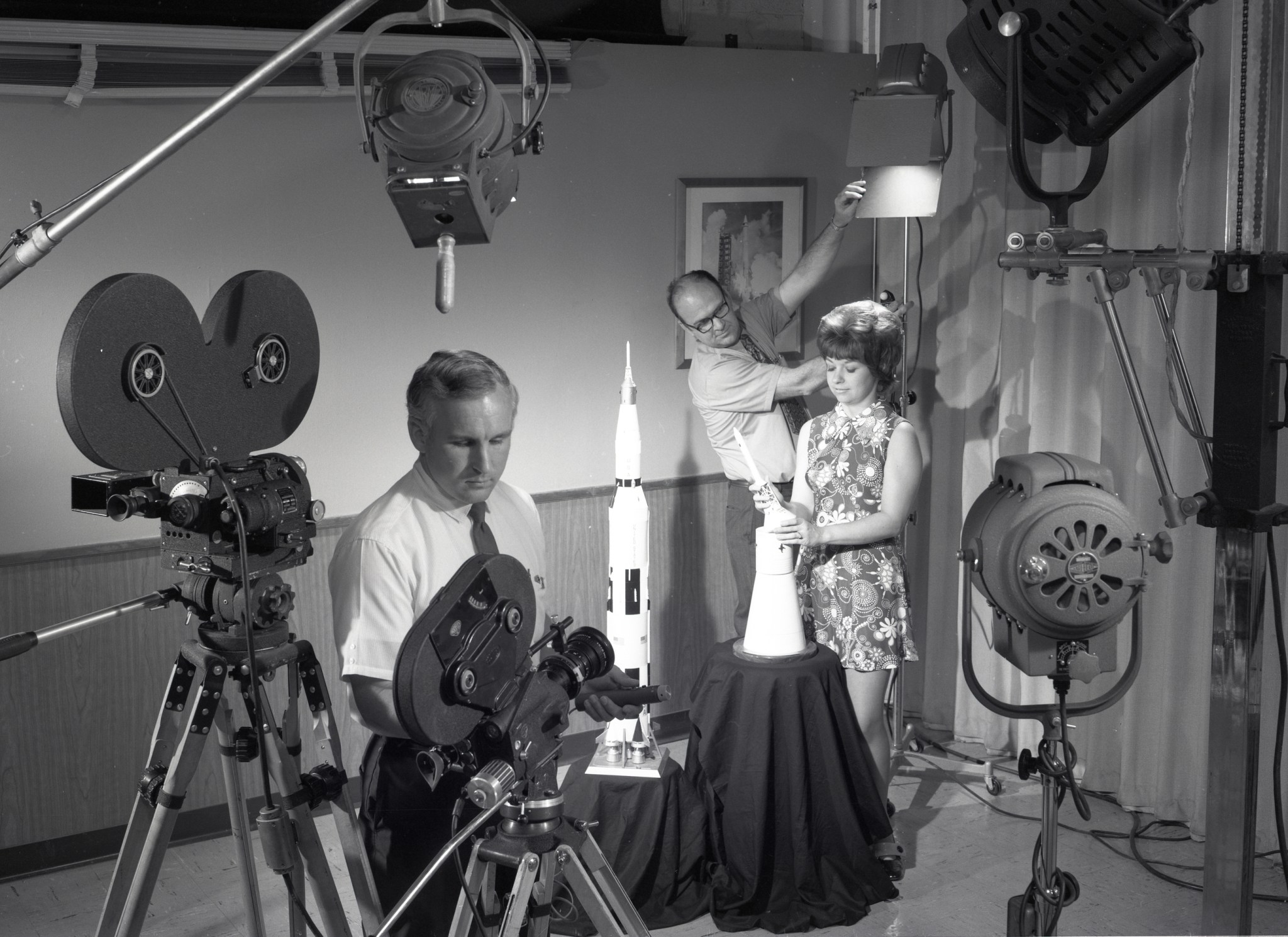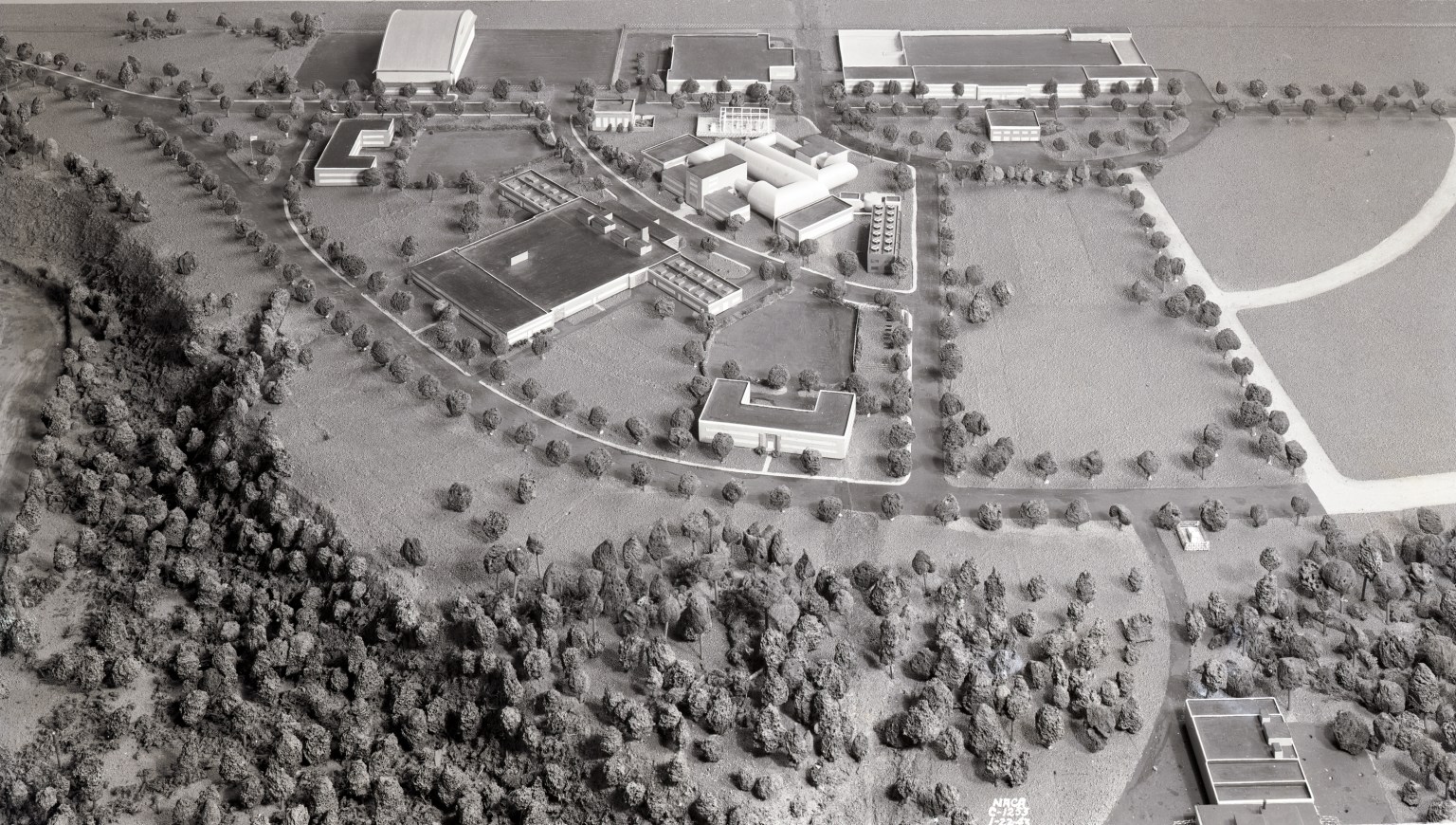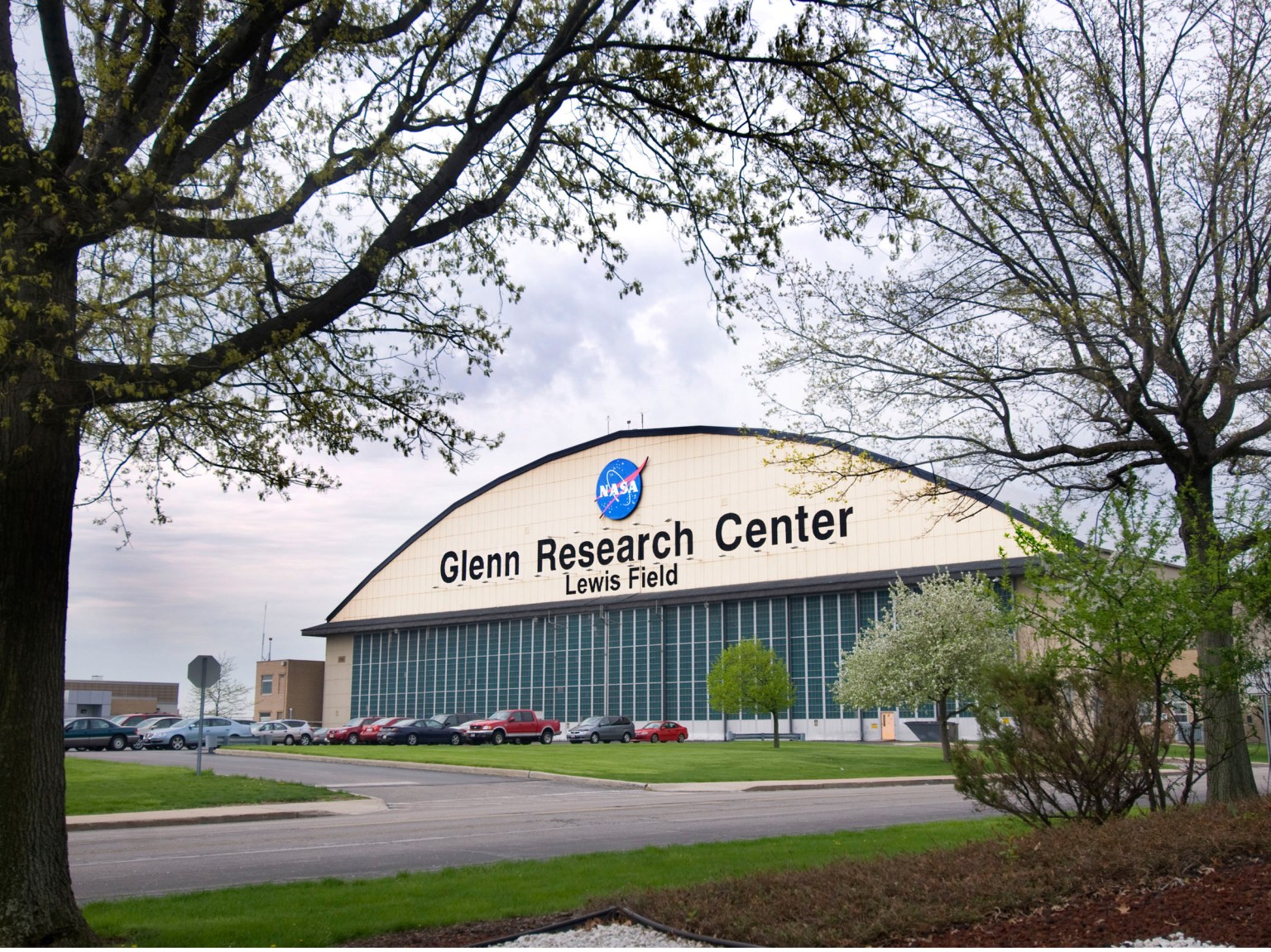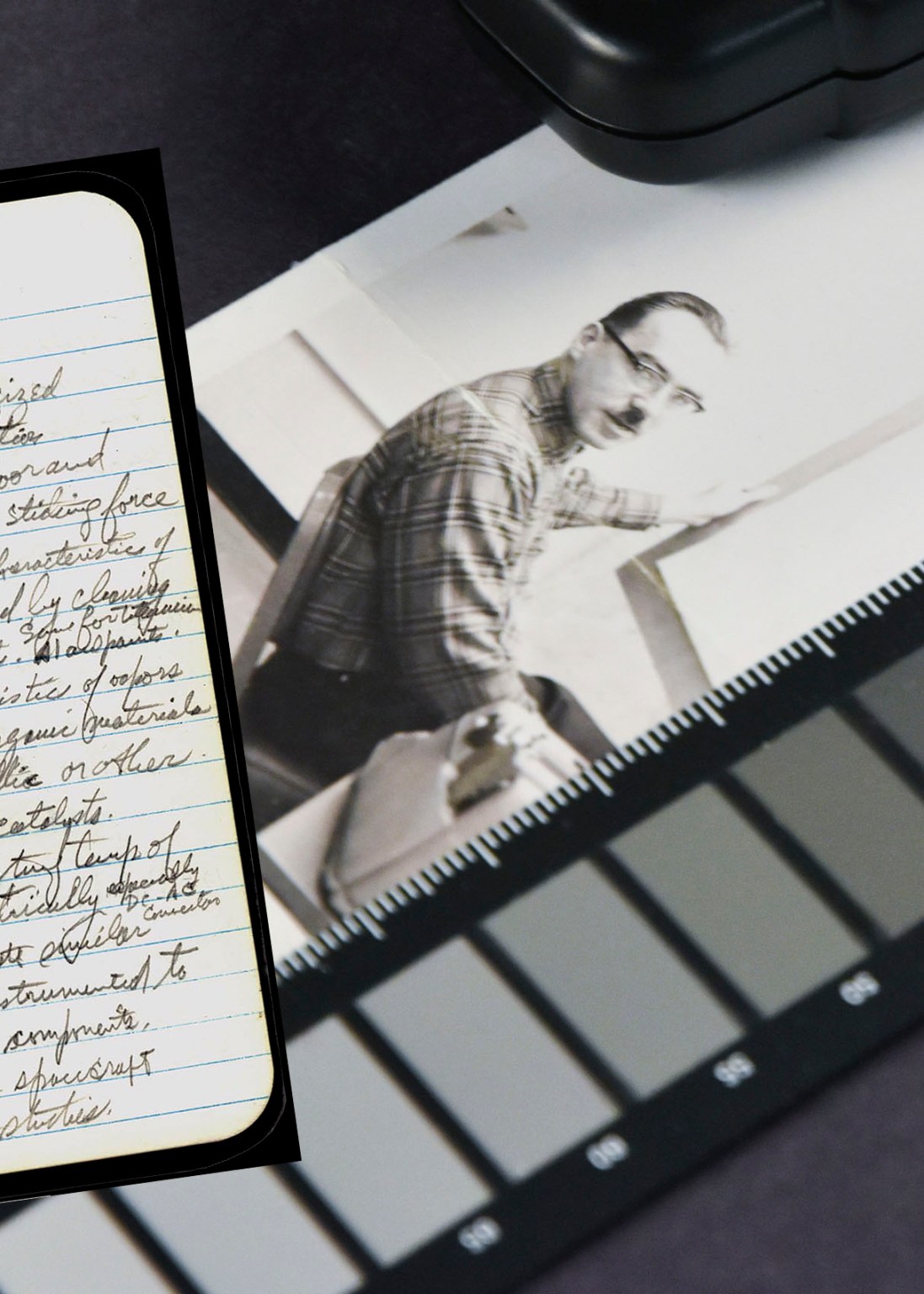NASA Glenn Research Center
A Pictorial History
1942 – 1979
About the Collection
NASA Glenn Historic Image Galleries
The images selected for these galleries offer an interesting glimpse into both the early research and culture of Glenn Research Center along with detailed descriptions that provide a setting and context for the current research activities at NASA.
About the Photography
By Marvin Smith (former NASA photographer)
The Lewis Photo Lab was established in 1942. The staff was expanded over the next few years as more test facilities became operational. Many of the early Center photographers honed their skills in military service during WWII. In their new roles as NACA photographers, they were tasked to accompany pilots on test flights, use high-speed cameras to capture fleeting events such as combustion tests, and work with technology, such as the Schlieren camera, to capture supersonic aerodynamic phenomena.
As NACA and NASA broke new ground to define air and space travel, these photographers “wrote the books” on the tools and techniques required to capture images in world-class research facilities. For instance, in 1955 NACA Lewis photographer Bill Wynne developed a method for inserting a timekeeping device on a 16mm camera that displayed elapsed time in the movie footage to one thousandth of a second. While the demands of scientific research drove technical innovation in image capture, the group also documented construction projects, performed publicity work, created images for reports, and photographed data recording equipment. These diverse work situations, coupled with difficult research demands, sparked the creativity evident in many of the images.
Photographers working primarily with large, field cameras and 8- by 10-inch sheet film created the early images in this collection. When portability was important, 4×5 Speed Graphic and Crown Graphic cameras were used. These cameras became the standard in the early 1960s as color film became more common. Roll film cameras were used starting in the 1970s, but 4×5 Crown Graphic cameras were still the standard for ease in negative handling and storage. More compact 35mm cameras were later used for specific applications requiring a smaller footprint and increased number of shots per roll.
While each new generation of camera and lighting equipment altered the photographers’ techniques and the look of the images produced during a given time period, certain image characteristics and an overall aesthetic persist. Strong image sharpness and depth of field are seen, even to this day, in many of the facility research images. Aside from the practical aspect of this technique, wherein all project hardware details are easily identified, the sharpness conveys a highly focused view not typically seen with the human eye. Coupled with high-powered, broad lighting, the images take on an almost formal look that can be striking in and of itself. Additionally, technicians and researchers are often seen posed in these images to demonstrate operations or to provide scale against a massive backdrop of hardware, reinforcing the size and scope of technical achievement.
The Photo Lab’s expertise and specialized equipment were key research tools in the early decades of the center’s existence. The staff conveyed ideas, projects, data, breakthroughs, and even accidents to the research community and general public. What continues to this day is the unique blend of technician, historian, and artist, known as a photographer, opening a window into the fascinating world inside the gates of NASA Glenn Research Center.
NASA Photographer’s Career Documented the War and NASA Research
William Wynne, noted photographer and photojournalist, passed away on April 19, 2021 at the age of 99. His professional career…
Read the Story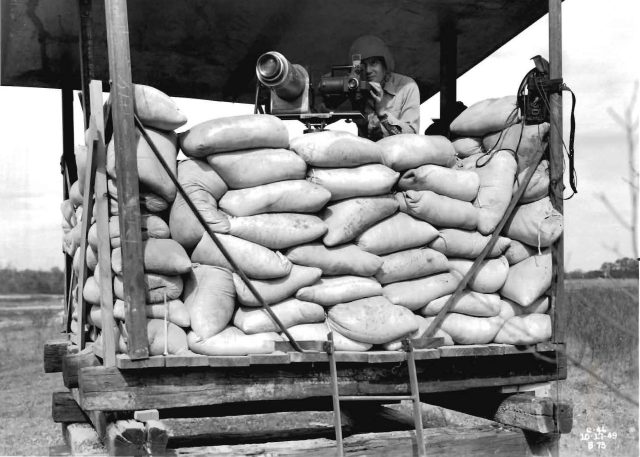
NASA Glenn History
Cleveland, Ohio is home to Glenn Research Center, NASA's third oldest center. Glenn's current expertise in areas such as propulsion, energy conversion, communications, and materials has its roots in the center's accomplishments in the 1940s, 1950s, and 1960s. The center's erudite staff, strong leadership, and unique test facilities have historically produced breakthroughs in jet engines, icing, high-speed flight, high-energy propellants, rocket combustion, satellite communications, engine efficiency, solar cells, and wind energy.
Learn More